Technological advancement is progressing at an increasingly rapid pace. The pandemic has further accelerated the pace of digital transformation. In the fashion industry where fresh events unfold constantly, the integration of technology and fashion, propelled by the widespread use of social media and the rise of the metaverse, has given birth to a new trend known as “virtual fashion.”
Launched in 2022, Hong Kong’s first virtual fashion initiative, “FabriX,” organized by PMQ, a cultural landmark in Hong Kong, with the major sponsorship of the Hong Kong Special Administrative Region Government’s “Create Hong Kong,” aims to discover and nurture local emerging fashion designers, breaking physical boundaries in the local fashion industry while providing the public with a fresh fashion experience. Following its debut at London and Paris Fashion Weeks last year, this year it made its presence felt at the international trend event “ComplexCon Hong Kong,” showcasing a new streamlined design virtual fitting room centered on the theme of “future biologism.” It also made its first foray into the gaming world, collaborating across platforms with the game “Roblox,” turning the works of 11 fashion designers this season into Roblox game skin versions (Avatar outfits). With virtual styling navigating between reality and the gaming world, it achieves endless possibilities of wearing one garment in multiple scenarios.
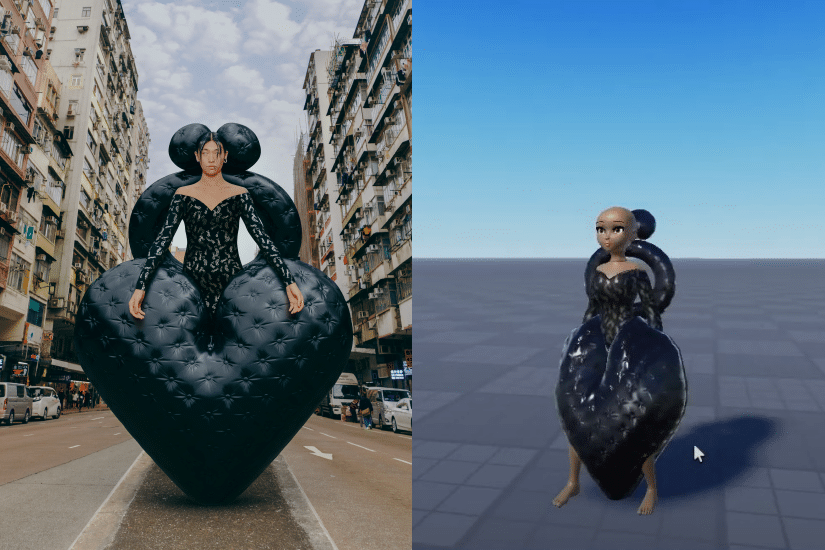
During the period, FabriX project director Shin Wong and three participating fashion designers, Kévin Germanier, Feng Chen Wang, and Sensen Lii, specifically shared their unique views on virtual fashion and some of their experiences participating in FabriX with ZTYLEZ.
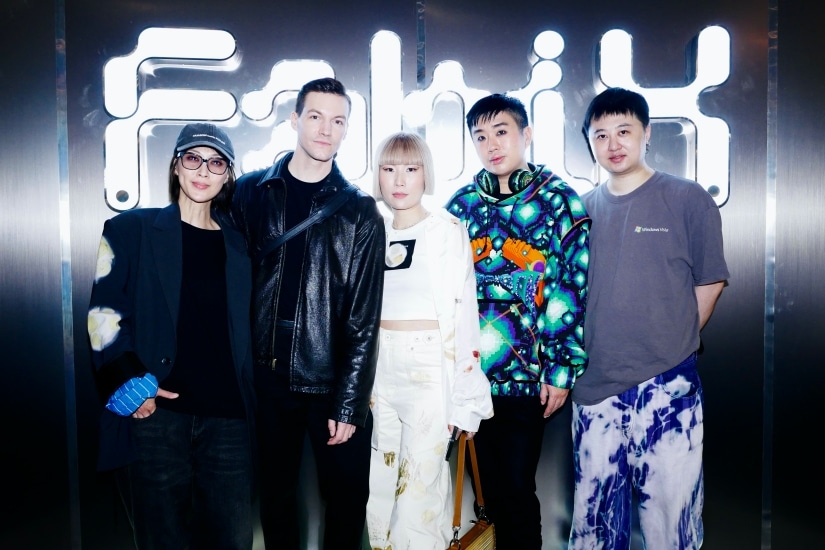
Incorporating “Virtual Fashion” into Daily Life
In the world of electronic games, many players customize their favorite outfits for their characters, enter the battlefield to confront other players, to some extent, creating an avatar that represents themselves in the virtual world. Shin shared the initial concept of “FabriX” because the children at home often purchase different costumes for their virtual avatars in electronic games, and she herself interacts with many designers, noticing that they are unable to sell designs and products during the epidemic. “I found out that everyone’s consumption patterns were slowly changing at that time, so I hope to create a platform that promotes environmental protection, diversity, and virtual creativity, accommodating outstanding designers with bold new ideas, and inviting them to experiment together.”
Diversity and sustainable development are important topics in the fashion industry in recent years. “Virtual fashion” is not constrained by the “reality” of gender, age, or body type, allowing designers to explore endless possibilities in design; on the other hand, integrating this new technology into customers’ daily lives can also help customers find suitable products at the beginning of the shopping process, reducing costs and waste. Shin said, “For example, after completing a fashion show, relying on ‘virtual fashion’ to see the audience’s reactions, thereby obtaining some concrete data to judge the production quantity, or make adjustments in terms of colors, is a great breakthrough for designers.”
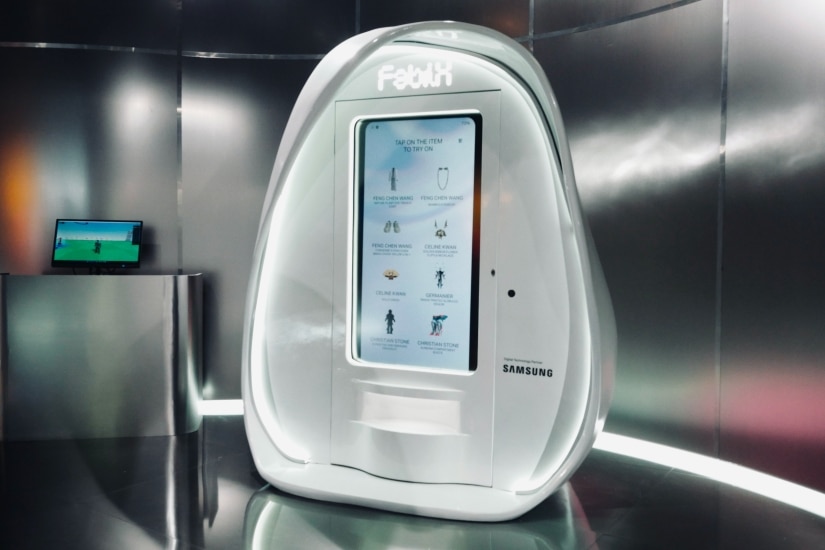
Designers and brands stepping into traditional fashion weeks need a certain threshold. Last year, “FabriX” successfully made its debut at London and Paris Fashion Weeks. Shin hopes to use planning to allow more people to come into contact with designers from Hong Kong, China, and even around the world. “I hope to go to more iconic fashion shows, communicate with more audiences and media, and push designers towards the world.”
Transcend actual human body form, even geographic restrictions.
Three designers have different views and feelings about “FabriX.” Kevin Germanier from Switzerland, known for his commitment to sustainable fashion, established his eponymous brand Germanier in 2018, specializing in high-end upcycled fabrics with a focus on attention-grabbing details. The virtual fashion piece in question comes from the SS24 series “Les Venimeuses,” with snake-inspired beaded sequins jumpsuit, creating a captivating yet intimidating image inspired by venomous creatures in nature.
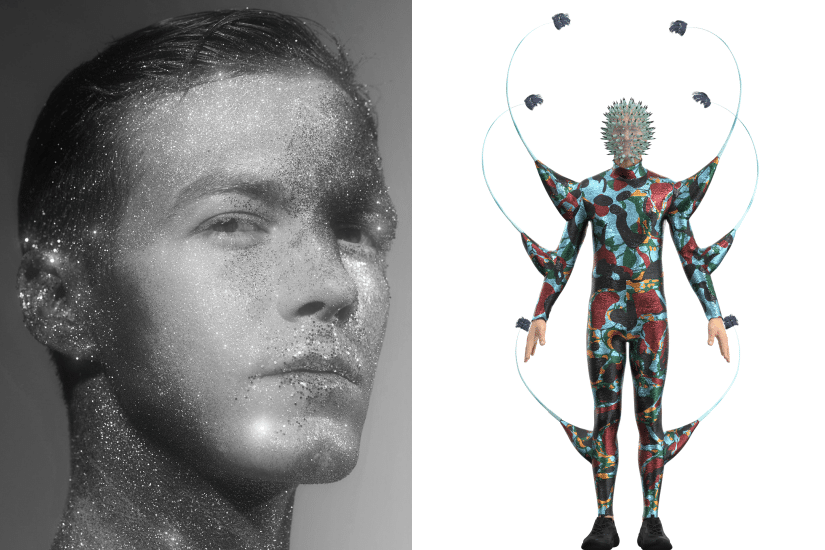
This non-traditional aesthetics can have certain limitations in physical production and can be challenging to wear in reality. Kévin stated: “In the ‘FabriX’ project, there are absolutely no constraints. I can do what I want, and the clothes can fit different body shapes.” He hopes that when people wear his designs, they can feel their best, as if they’ve transformed into a superhero and experienced their most authentic selves.
Another point that Kévin particularly mentioned is that virtual fashion not only eliminates body shape constraints, but also geographical limitations. “I can reach a more diverse audience, be it in Asia, Africa, or the Americas, which is important for independent designer brands.”
Bring fashion closer to the general public
Hailing from China, Feng Chen Wang is a highly popular designer in recent years. From establishing her own brand to being selected for the LVMH Prize, she has consistently blended Chinese traditional craftsmanship with classic tailoring and unique deconstructive aesthetics. She creates multi-functional clothing with the concept of “less is more,” collaborating with various brands to launch trend-setting collections.

She shared some design concepts, “I grew up in the southern part of Fujian since I was young, where Chinese traditional culture flows in my blood. I have a deep love for meaningful traditions, such as handicrafts, and draw much inspiration from Chinese traditional culture. However, I am someone who embraces Future Modern, visually more avant-garde. The brand holds immense potential and shaping power for the future.”
This virtual fashion piece from the Feng SS24 collection is inspired by a natural plant-dyed coat. The design is based on the designer’s childhood memories spent with their grandmother in Fujian. Unique patterns created through the ancient technique of plant printing feature the grandmother’s favorite plants such as eucalyptus, waxberries, onions, and apple leaves imprinted on Chinese silk. These garments, crafted with artisanal techniques, become more accessible to the public through “FabriX,” bridging the gap between fashion and the general public.
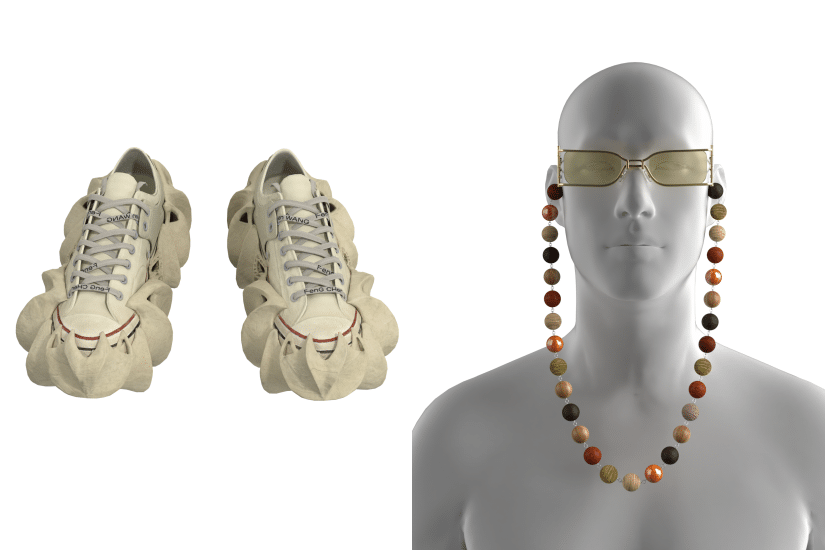
Virtual fashion is becoming more mature.
Hailing from China, Windowsen, founded by the entrepreneur and designer Sensen Lii, uniquely merges haute couture and ballroom attire styles with a touch of drama and avant-garde, drawing the attention of many celebrities such as Sammi Cheng, Jolin Tsai, Madonna, Katy Perry, BLACKPINK, and others. The exclusive fusion of galactic and sci-fi aesthetics has propelled him to success in the international fashion scene. “I aspire to construct a universe specific to Windowsen, with many fantastical occurrences. Futurism and monster elements are my primary aesthetics, with an overall ambiance leaning towards the club kids of the 80s and 90s.”
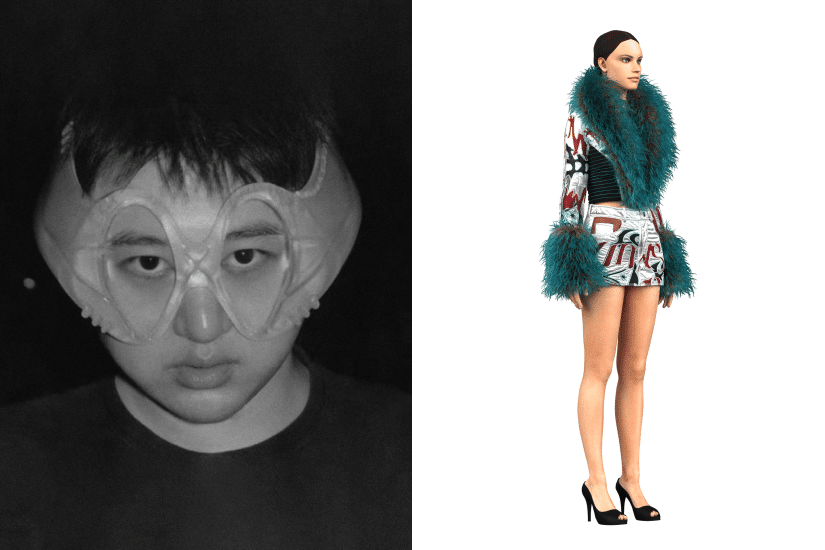
This year, among the designers participating in “FabriX,” there are pieces with exaggerated cuts in the virtual fashion, Sensen Lii chose to showcase a fuzzy embroidery patched suit in the concept video of the WINDOWSEN’24 ready-to-wear series. He said, “I wanted to try a different direction, so I chose a faux fur look because I knew, just like hair, creating 3D faux fur would be more complex and a test of skills. A few years ago, I collaborated with other brands to create virtual fashion, but now the technology has greatly improved. After trying it on this time, I found it more fluid than I imagined, and the technology is becoming more and more sophisticated.”
The popularity of social media can be seen as a catalyst for virtual fashion to some extent. Sensen Lii also shared some views on social media, “It is certainly very important now, but it has both good and bad sides. It can help you quickly understand the online audience’s reactions, but the downside is if you don’t have strong ideas, it’s easy to be led to what you want to see, easily influenced. So, you need to make the decision yourself to be yourself or to please the audience, which is a very important choice for designers.”
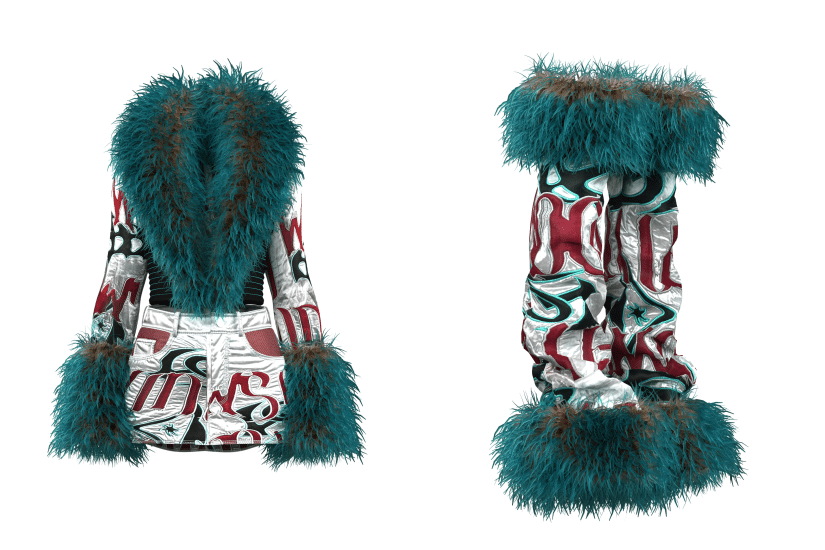
Fashion originates from life, and as the line between physical and virtual blurs, the emergence of virtual fashion undoubtedly brings fashion closer to life. Digital flexibility brings more creativity, breaking free from the traditional boundaries of the physical world, innovating to open up more new future territories for fashion!

